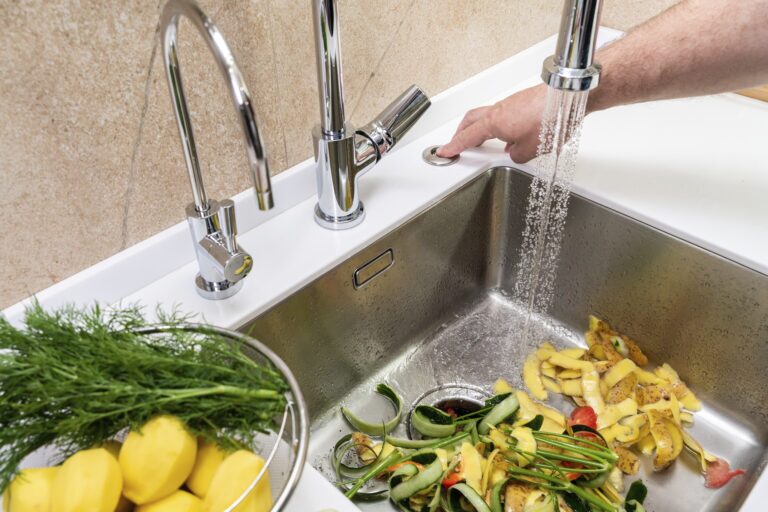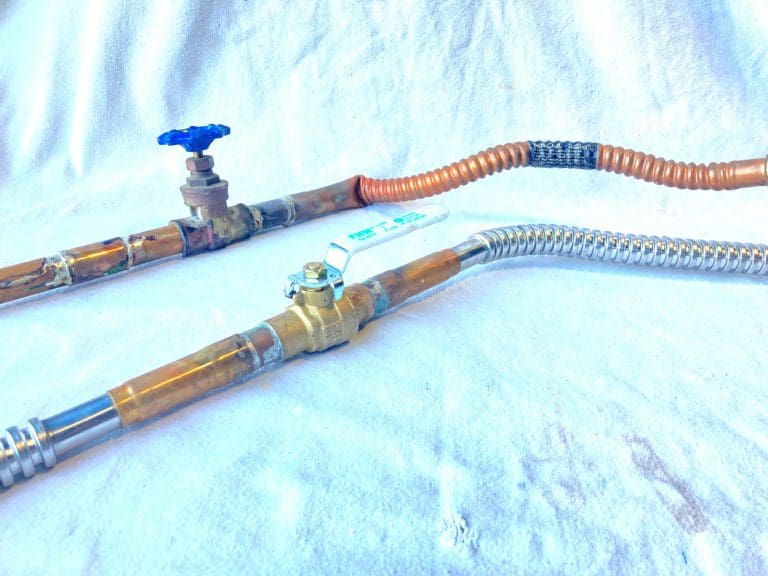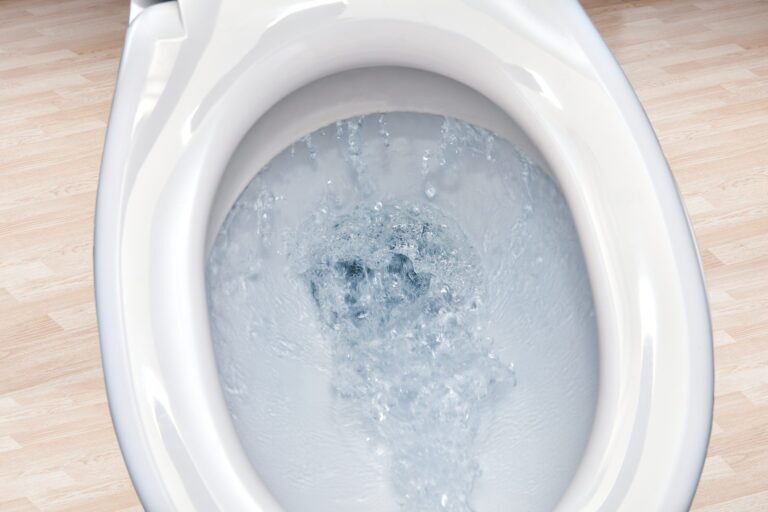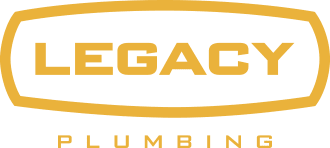Homeowners in the Dallas area know how precious water is, especially when summer days hit the triple digits and local reservoirs start to drop. Between everyday chores, landscaping, and long showers after a hot day, water use adds up fast. A few small changes can make a big difference in both your monthly bill and the long-term health of North Texas’s water supply, so let’s dive into our list of plumber-approved water saving tips!
Why Saving Water Is Beneficial
Conserving water goes beyond lowering your utility bill, as it also helps preserve the local lakes and aquifers that keep Dallas and the surrounding communities running. Reducing water waste also lightens the strain on aging plumbing systems across North Texas. In short, the less water we use unnecessarily, the more we can protect our shared resources and save money in the process.
8 Tips for Cutting Down Water Usage
These practical plumbing tips can help you save gallons every day without sacrificing comfort or convenience:
1. Fix Leaks Right Away
A dripping faucet or running toilet can waste dozens of gallons a day. Even minor leaks in older Dallas homes can lead to thousands of gallons lost each year, resulting in higher water bills. Schedule professional leak detection and repair services to stop the waste before it adds up.
2. Take Shorter Showers
It’s tempting to linger under the hot water, especially in winter, but shaving just a few minutes off your shower time can save hundreds of gallons each month.
3. Install Low-Flow Showerheads & Aerators
Modern low-flow fixtures use air to maintain strong water pressure while cutting water use nearly in half. They’re an easy, affordable way to make your plumbing system more efficient, so consider installing them today!
4. Run Full Loads in Washers & Dishwashers
Using your appliances only when they’re full maximizes efficiency. Many Energy Star models also have eco-cycles that use less water and energy without sacrificing performance.
5. Don’t Leave the Tap Running
Turn off the faucet while brushing your teeth or washing dishes. A simple habit change like this can save several gallons every time.
6. Insulate Exposed Pipes
Dallas winters may be mild, but the occasional freeze can cause burst pipes and major water loss. Foam pipe insulation helps prevent freezing and keeps hot water flowing efficiently.
7. Be Smart With Outdoor Watering
North Texas lawns don’t need daily watering. Run sprinklers early in the morning when temperatures are cooler and check for leaks or overspray. Watering deeply two or three times a week is usually plenty.
8. Use Leftover Water Wisely
Instead of dumping ice or water from pet bowls down the drain, use it to water plants. Small actions like these make conservation part of your daily routine.
Upgrade to Efficient Plumbing Systems
If your fixtures or appliances are more than a decade old, upgrading can dramatically reduce your water use. Low-flow toilets, efficient faucets, and tankless water heaters are all designed to minimize waste. A recirculating pump can also eliminate the wait for hot water, saving gallons that would otherwise go down the drain.
Consult an Expert for Tailored Water-Saving Strategies
Homes across the Dallas area often have older plumbing systems and high water pressure, which can make inefficiency worse. A licensed plumber can assess your system, recommend upgrades, and help you find the right balance between performance and conservation.
Save Water With Legacy Plumbing
At Legacy Plumbing, we believe in doing good for our community and the environment. Whether we’re fixing a hidden leak, installing a high-efficiency fixture, or helping you make sense of your home’s plumbing system, every service call is a chance to make a positive impact. Our licensed and background-checked plumbers deliver reliable service backed by upfront communication, integrity, and attention to detail. We take pride in providing honest recommendations and long-term solutions that help your home run more efficiently.
Schedule plumbing services with Legacy Plumbing today and start conserving water in your North Texas home.

